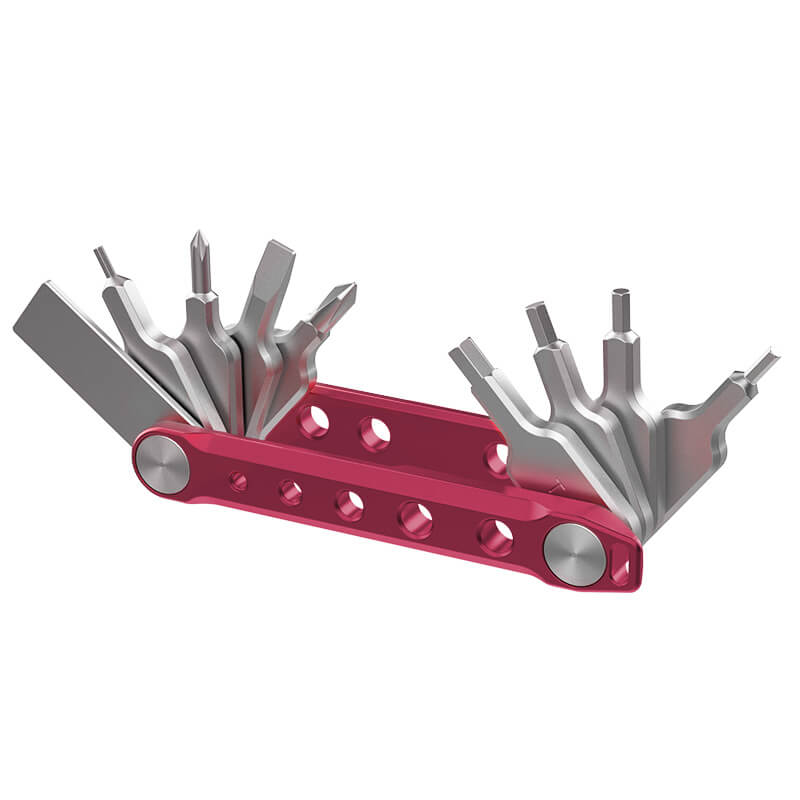Tripods are an essential piece of equipment for photographers and videographers alike. They provide the stability and support necessary to capture sharp, blur-free images and videos, especially in low-light situations or when using long lenses. However, like any piece of equipment, tripods have a limited lifespan and will eventually need to be replaced. In this post, we'll explore the factors that affect a tripod's longevity and provide tips on how to extend its life.

Tripod Materials Matters
One of the most significant factors that determine a tripod's lifespan is the material it's made from and the quality of its construction.
Aluminum Tripods
Aluminum tripods are a popular choice among photographers and videographers due to their durability and strength. They are corrosion-resistant and lightweight, making them easy to carry around. But if you're not gentle with them, they might get bent out of shape or pick up a few dents more easily than the sturdier stuff out there.
Carbon Fiber Tripods
Carbon fiber tripods are known for their high strength-to-weight ratio, which means they are incredibly durable and lightweight. They also have excellent vibration dampening properties, which can help reduce camera shake and improve image quality. Carbon fiber tripods are also resistant to temperature changes, making them ideal for use in extreme weather conditions. The catch? Your wallet might feel the pinch.
Plastic and Composite Tripods
On the other end of the scale, plastic and composite tripods are kinder to your budget and still easy to carry around, but they are less durable than aluminum or carbon fiber tripods. They are also more prone to breaking or cracking if subjected to heavy use or rough handling.
Tripod Trials from Daily Duties

When it comes to the lifespan of a tripod, how often it's used and how much stress it's put under play a big role. Let's break it down:
Who Uses Them?
The type of user can give you a clue about how long a tripod might last. Professional photographers and videographers, who depend on their tripods for their livelihood, are likely to use them more frequently and in more demanding situations than casual hobbyists. As a result, pros may need to replace their tripods more frequently than hobbyists or occasional users.
How Frequently Are Tripods Used?
It's a simple numbers game: the more a tripod is used, the faster it's likely to wear out. A tripod that's used every day, for hours at a time, is going to experience more wear and tear than one that's only brought out occasionally. Frequent use can lead to faster degradation of parts, like leg locks and head adjustments, which can shorten the overall life of the tripod.
How Much Weight of Camera Equipment Do Tripods Load?
The weight of the camera gear mounted on a tripod is a critical factor in determining its lifespan. Tripods are rated for specific weight capacities, and exceeding these limits can put undue strain on the legs, joints, and head. Over time, this extra stress can lead to premature failure of components. Heavier setups, like those used for large-format photography or video production, can accelerate wear and tear, even if the tripod is rated to handle the weight.
How Environment Affects Your Tripod

The environment in which a tripod is used can also have a significant impact on its lifespan. This is not only include the climatic factors, but the scenarios will affect the life span of a tripod.
Climatic Factors
Here take the two most representative climate factors as examples.
- Temperature: Heat can cause lubricants to break down, making moving parts like leg locks and head adjustments stiff or sticky. Cold temperatures can make plastic components brittle and more prone to cracking. Rapid temperature changes can also cause metal components to expand and contract, potentially leading to misalignment or loosening of parts.
- Humidity: Humidity and Moisture High humidity and moisture can be detrimental to tripods, especially if they're not designed to be water-resistant. Moisture can seep into the tripod's joints and locking mechanisms, leading to corrosion and rust on metal parts. This can cause legs to become difficult to extend or retract, and can weaken the overall structure of the tripod.
Outdoor vs. Indoor Conditions
Compared to outdoor environments, indoor conditions seem more friendly for tripods, as they are less exposed to unpredictable weather conditions. Especially extreme temperatures can cause metal parts to expand or contract, which can lead to damage over time. For example, studio tripods, which are used in controlled environments and on stable surfaces, generally experience less wear and tear compared to tripods used for outdoor photography, which may be subjected to uneven terrain, wind, and other environmental stresses. However, even indoor tripods can be subjected to wear and tear over time, especially if they are used frequently or subjected to heavy loads.
How to Extend Tripod Lifespan
Proper maintenance and care can go a long way in extending a tripod's lifespan. Here are some tips to keep in mind:
Regular Cleaning and Inspection
Regularly cleaning and inspecting your tripod can help identify and address any potential issues before they become more serious. Use a soft, dry cloth to wipe down the tripod's legs and other components, and check for any signs of wear or damage.
Lubricating Moving Parts
Lubricating the tripod's moving parts, such as the leg locks and head, can help keep them functioning smoothly and prevent wear and tear. Use a light lubricant, such as silicone spray, and apply it sparingly to avoid attracting dirt and debris.
Proper Storage and Transportation
Storing and transporting your tripod properly can also help extend its lifespan. Use a tripod bag or case to protect it from scratches, dents, and other damage, and avoid storing it in damp or humid conditions.
Avoiding Excessive Force or Strain
Avoiding excessive force or strain on your tripod can also help prevent damage and extend its lifespan. Don't exceed the tripod's weight capacity or use it in situations where it may be subjected to strong winds or other extreme conditions.
Maximize Tripod Life with Smart Investments
The lifespan of a tripod depends on several factors, including the materials it's made from, the quality of its construction, how often it's used, and so on. To extend your tripod's lifespan, it's important to invest in a high-quality model from a reputable manufacturer, follow the manufacturer's guidelines and weight limits, and provide regular maintenance and care.






